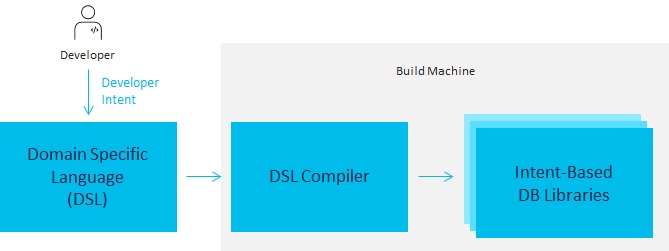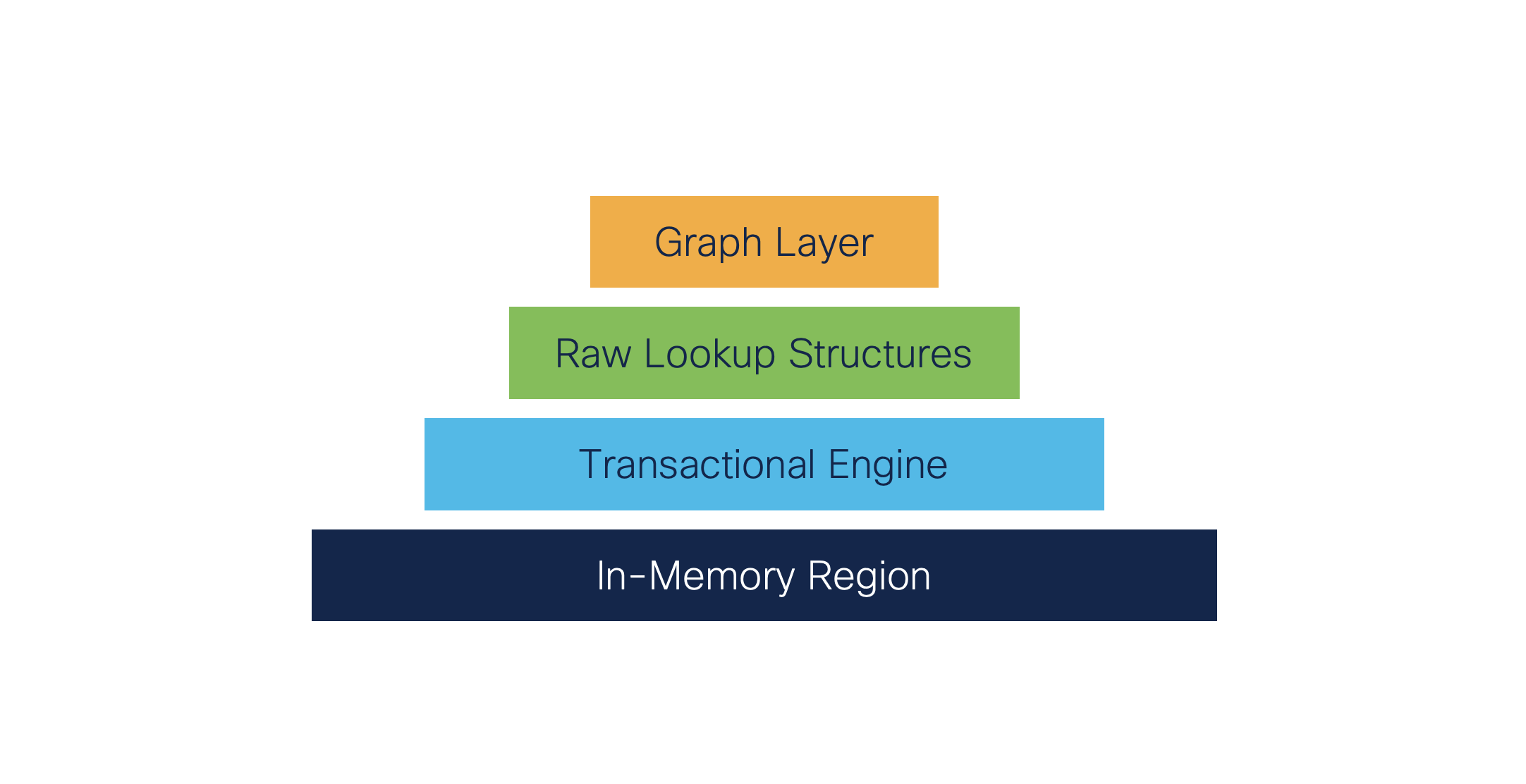Developed by a global team of more than 3000 software engineers, Cisco IOS XE Software powers more than 160 Cisco enterprise platforms for access, distribution, core, WAN, and wireless — with many different form factors and combinations of hardware and software. One of the main reasons the software stack can encompass such a large portfolio of enterprise networking products is due to a common database and database-centric programming model across all platforms.
It started with the Cisco 1000 Series Aggregation Services Router (ASR 1000) in 2004, where every state update to the data path went into and out of an in-memory database. Since 2015 and Cisco IOS XE version 16.1.1, many more platforms have been added, due in large part to the software stack’s consolidated database features that work across all platforms. From one platform supported by IOS XE to 160 in six years is an incredible industry run rate.
Here are some of the most useful and robust database features used across all Cisco devices that run Cisco IOS XE.
In-memory Database Power and Capturing Application Intent
Configuration and operational data in IOS XE devices are stored in in-memory NoSQL graph databases. In addition to providing atomicity, consistency, isolation, and durability (ACID) functionality, IOS XE supports validation and default values, dependency management, replication, notifications, subscriptions, and consolidation.
Application database intent ― including schema, defaults, validation, and graph model ― are captured in a Domain Specific Language (DSL) called The Definition Language (TDL) that was developed by Cisco. Using TDL, developers can describe what they want to do, what data they want to model, and the rules for validation. Then the TDL compiler generates database interaction code in the language of choice for the application (e.g., C, Java, Python), as shown in Figure 1. If developers want to use a new language, they can still use the intent captured in TDL to generate code.

Decoupling intent from implementation code provides tremendous architectural flexibility. For IOS XE, the back end is written in C to provide optimal performance. The front end uses a formal query system and can be in any language. We use a custom compiler with a Model-View-Controller (MVC)-based architecture to perform the magic of converting intent to front-end APIs.
This approach eliminates the need for data conversion for clients querying the database. As shown in Figure 2, applications can natively interact with the database through APIs regardless of the language of choice. The database can also be read by other applications and/or infrastructure (e.g., Web UI, CLI-based show commands, and other monitoring services).

Runtime Infrastructure for Cisco IOS XE
Although the database infrastructure in IOS XE can use secondary storage as the database store, most of the applications use in-memory databases that reside in RAM. A transactional engine specifies ACID guarantees (e.g., a process launched by some user must request modifying the database and signal when it is done modifying it). Failure to complete the process results in the database being rolled back so it is never in an inconsistent state.

The raw lookup data structure layer includes the infrastructure for indexing algorithm tables (e.g., hash tables, binary search trees). The graph layer is where user-specific database configurations like table connections, default values, and validation enforcement are performed. For example, a Wireless Lan Controller (WLC) tracks Access Points (AP) and clients connected to it. Clients are connected to the WLC through the AP. This wireless operational state may be modeled as AP and client tables, with each record in the AP table connected to a client table. It is important to note this is the internal state of the application. With IOS XE database runtime, this state can now be consolidated, exported, replicated for SSO, etcetera, while being performant enough to support the high-scale requirements for wireless.
Other Functions Enhanced with IOS XE Database Features
- Fast reload – On reload, a persistent, version-aware, binary configuration can be read faster than any text representation. In the past, reloading software on Cisco platforms could take up to 7 minutes. With Extended Fast Software Upgrade (xFSU), it takes 30 seconds or less. The hardware is never powered off and traffic keeps flowing while the control plane is maintained in an operational state during the reload process.
- Stateful Process Restart – Externalizing an IOS XE device’s configuration and operational state allows stateful restart processes. By saving the device’s state externally, it can be restarted and will continue where it left off.
- Horizontal Scaling – Consolidation of a device’s operational state allows for the elastic and horizontal scaling of processes based on changing application traffic patterns. There may be multiple copies of the same process, each with its own database, but Cisco enables databases to be consolidated into a single database, providing a global view, which makes it easier to spawn more processes horizontally.
- Stateful Switchover (SSO) – Databases on active and standby devices in a high availability configuration are continuously synchronized through replication to keep the standby device in a hot state, able to become active in case of a failure. Like stateful process restart, at the device level, SSO synchronizes one device through replication continuously.
- In-Service Software Upgrade (ISSU) – To ensure that versions of Cisco IOS XE that are running are correct across supervisor engines and other devices, databases in Cisco IOS provide per-object versioning support with build time checking for violations. This helps ensure a reliable ISSU. ISSU orchestrates the upgrade on standby and active processors one after the other and then switches between them in the control plane so that there is zero effective downtime and zero traffic loss.
- Monitoring and Global Device View – A device running IOS XE provide a global view of its complex and varied operations, based on the consolidation of databases, which allows for greater real-time insights into configuration and operational data. Analysts can subscribe to specific data sets and request to be alerted when any changes occur to monitor the device more proactively.
Summary of Database Benefits in Cisco IOS XE
Database features in Cisco IOS XE allow devices to be reloaded in seconds, to maintain a state during restart and switchover. Applications can consume database records natively without any translation required. Intent can be gathered and code generated in any development language, ensuring resilience to regressions. Databases used by each device are consolidated into a global view, enabling the horizontal scaling of processes. The system supports version skew operation with per-object versioning.
It’s all relatively seamless across all 160+ Cisco IOS XE devices.
Enjoy more recent Cisco IOS XE Blogs:
Going Beyond the Limitations of Space and Time with Next Generation StackWise® Virtual
High Availability – Features in Cisco IOS XE Software Makes It Appear Seamless
Cisco Champions the Powerful, Evolving Networking Software Stack


CONNECT WITH US